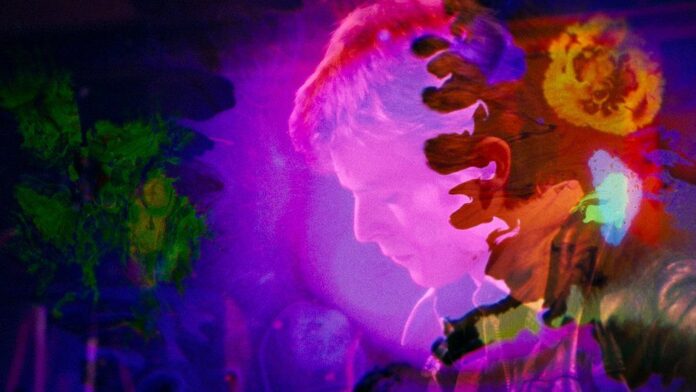To describe the artist David Bowie would be an impossible feat. The British rock star was an icon that transcended a simple image. Bowie was a kaleidoscopic master of his craft, a chameleon of sound and vision. No two albums of his ever sounded the same and everything he did was dripping with style and extravagance. The idea of trying to capture this incredible being into a single film has been an ongoing question in the onslaught of music biopics like “Bohemian Rhapsody” (2018), “Rocketman” (2019) and “Elvis” (2022). How could one actor or one movie be able to truly capture and preserve Bowie’s otherworldliness and legacy? This was the question that director Brett Morgen grappled with through the production of his new film, “Moonage Daydream,” a documentary (in the lightest of terms) that captures Bowie’s essence in a two-hour-and-fourteen-minute cacophony of vibrance, noise and beauty.
Morgen is no stranger to encapsulating the vibe of an icon within a documentary. His previous works include, “Cobain: Montage of Heck” (2015) about Kurt Cobain, “Jane” (2017) about Jane Goodall, and “The Kid Stays In The Picture” (2002) about Robert Evans to name a few. Every documentary focused on a specific figure while staying true to their image and what made them special in the first place. “Moonage Daydream” does not break this mold, in fact, it furthers it to a greater extent. Morgen was granted permission by Bowie himself, prior to the artist’s untimely passing in 2016, to direct this film. Allowing access to the archive of Bowie’s music and clips of his concerts, interviews and more puts this film ahead of another film about Bowie, “Stardust” (2020), which was made without the permission of Bowie’s estate, preventing it from using his songs and aiding in the negative backlash against the poorly made biopic.
Rather than a typical documentary, using the ‘talking heads’ interview style, “Moonage Daydream” uses Bowie’s voice to talk, or sing, for himself rather than others speaking for him. This adds to the overall feel of the film, pushing it far beyond a typical documentary and making it an experience that cannot be replicated, much like Bowie’s image itself.
As a viewer, I found myself in complete awe throughout the entire runtime of “Moonage Daydream.” I chose to see this film in an IMAX theatre, and I cannot imagine viewing this any other way. The colors were vibrant and energetic. I could feel the near deafening sound in every inch of my body. What I love about the story this film portrays is that it doesn’t try to condense Bowie’s entire life into its runtime, nor is it even concerned with Bowie’s life. “Moonage Daydream” is a portrait of the artist David Bowie through and through, showcasing his music, eccentricity, costumes and more instead of detailing the personal life and history of Bowie as a person, which may be a damper for some but not for me.
As said previously, this was no simple documentary but instead a truly theatrical and visceral experience that revolutionizes the way stories of musical artists are told. If you have the chance, I cannot recommend watching “Moonage Daydream” in theatres enough.























[…] Originally published at The Muhlenberg Weekly – https://muhlenbergweekly.com/arts-culture/freak-out-in-a-moonage-daydream/ […]